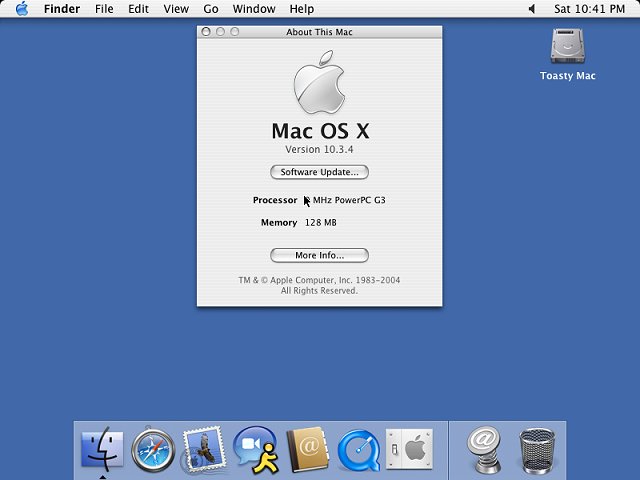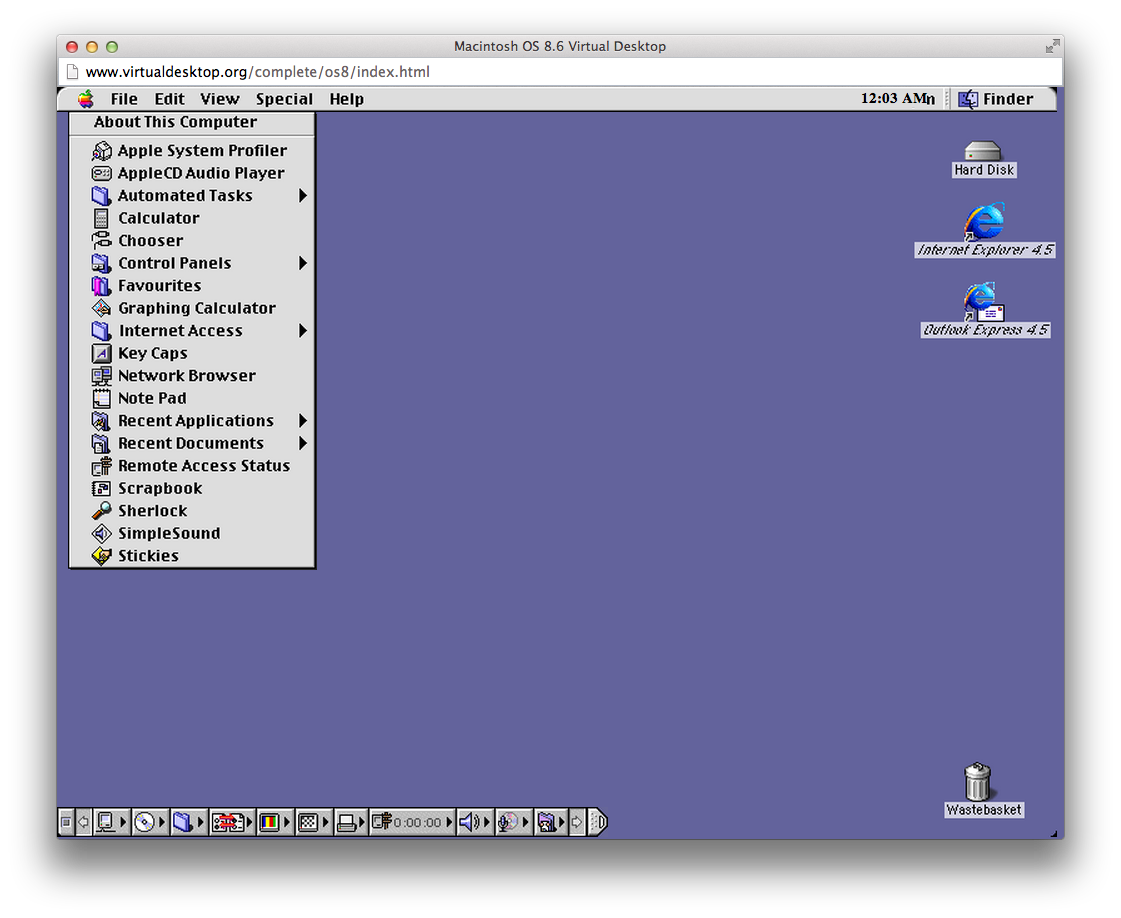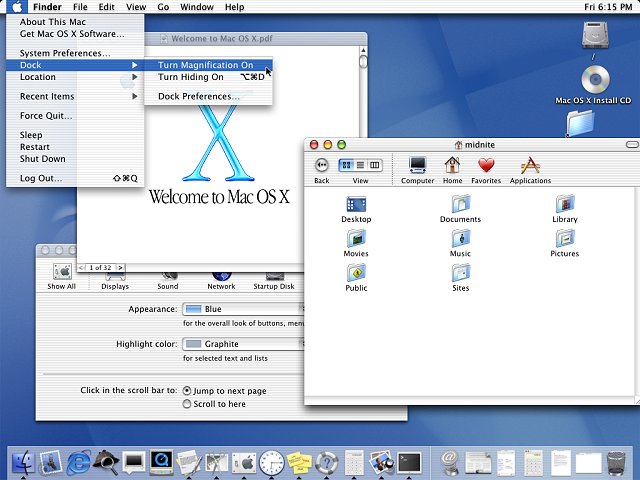


- #Mac classic power pc emulator os x mac os x
- #Mac classic power pc emulator os x software
- #Mac classic power pc emulator os x simulator
- #Mac classic power pc emulator os x mac
It comes in x86, x86_64, ARM, SPARC, MIPS, PowerPC, and many others.

It has good emulation speed and uses good translation. This is an emulator with a processor that is open source. Even more, Amstrad, the company who took over Sinclair, made ZX Spectrum ROMs available together with this simulator.
#Mac classic power pc emulator os x simulator
It is a simulator for Sinclair ZX Spectrum in its multiple models. Zxsp comes in Universal Binary and can be used by Intel Macs and PowerPC users. It can work with Windows XP, Windows 2000, Windows 98, and DOS platforms. The front-end of QEMU, which is the graphical front-end Q, can also be used for this. Though with the same code, this emulator is easier to use and has great technical support.
#Mac classic power pc emulator os x mac
It runs in universal binary and available for PowerPC and Intel Mac users.
#Mac classic power pc emulator os x mac os x
The name "Classic" that now signifies the historical Mac OS as a whole is a reference to the Classic Environment, a compatibility layer that helped ease the transition to Mac OS X (now macOS).This is an open source emulator of PC and makes use of the same code as QEMU. The final updates to Mac OS 9 released in 2001 provided interoperability with Mac OS X. It retained most of the user interface design elements of the classic Mac OS, and there was some overlap of application frameworks for compatibility, but the two operating systems otherwise have completely different origins and architectures.
#Mac classic power pc emulator os x software
By the mid-1990s, however, contemporary operating systems such as Windows NT, OS/2, and NeXTSTEP had all brought pre-emptive multitasking, protected memory, access controls, and multi-user capabilities to desktop computers, The Macintosh's limited memory management and susceptibility to conflicts among extensions that provide additional functionality, such as networking or support for a particular device, led to significant criticism of the operating system, and was a factor in Apple's declining market share at the time.Īfter two aborted attempts at creating a successor to the Macintosh System Software called Taligent and Copland, and a four-year development effort spearheaded by Steve Jobs's return to Apple in 1997, Apple replaced Mac OS with a new operating system in 2001 named Mac OS X the X signifying the underlying Unix system family base shared with Jobs's development of the NeXTSTEP operating systems on the NeXT computer. With the introduction of System 5, a cooperative multitasking extension called MultiFinder was added, which allowed content in windows of each program to remain in a layered view over the desktop, and was later integrated into System 7 as part of the operating system along with support for virtual memory. With the Switcher, the now familiar Clipboard feature allowed cut and paste between the loaded programs across switches including the desktop. The software of each loaded program used the memory exclusively only when activated by the Switcher did the program appear, even the Finder's desktop. With the Macintosh 512K, a system extension called the Switcher was developed to use this additional memory to allow multiple programs to remain loaded. Initial versions of the System Software ran one application at a time. The last major release of the system was Mac OS 9 in 1999. That program ended after the release of Mac OS 8 in 1997. Apple rebranded the system as Mac OS in 1996, starting officially with version 7.6, due in part to its Macintosh clone program. The name Macintosh System Software came into use in 1987 with System 5. This operating system consisted of the Macintosh Toolbox ROM and the "System Folder", a set of files that were loaded from disk. As part of an agreement allowing Xerox to buy shares in Apple at a favorable price, it also used concepts from the Xerox PARC Alto computer, which former Apple CEO Steve Jobs and other Lisa team members had previewed. The first version of the system software, which had no official name, was partially based on the Lisa OS, which Apple previously released for the Lisa computer in 1983. Apple released the original Macintosh on January 24, 1984.


 0 kommentar(er)
0 kommentar(er)
